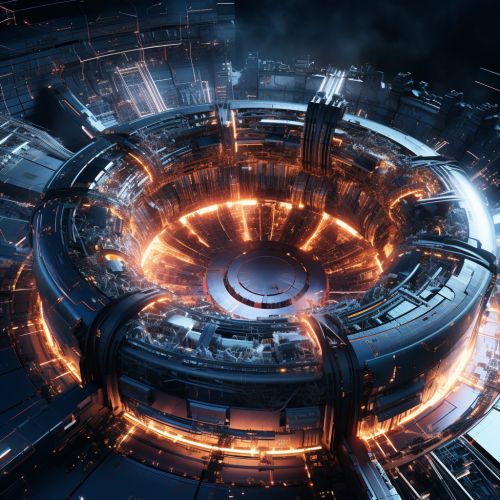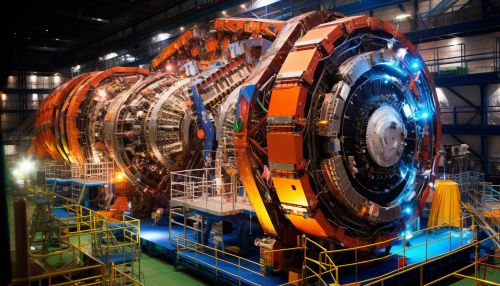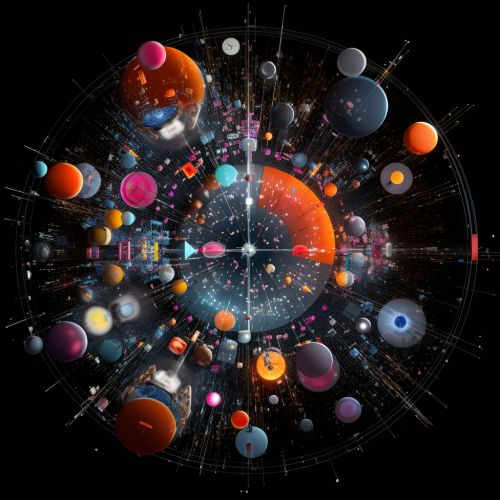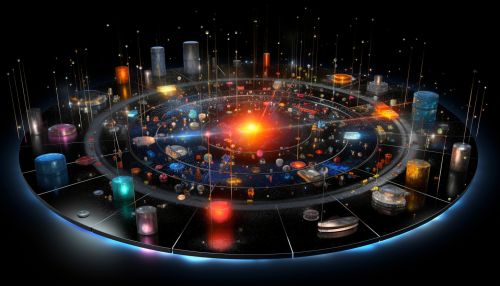The Physics of Quantum Mechanics in Particle Accelerators
Introduction
Quantum mechanics is a fundamental theory in physics that provides a description of the physical properties of nature at the scale of atoms and subatomic particles. It is the foundation of all quantum physics including quantum chemistry, quantum field theory, quantum technology, and quantum information science. In the realm of particle accelerators, quantum mechanics plays a crucial role in understanding and predicting the behavior of particles at high energies. This article delves into the physics of quantum mechanics as it applies to particle accelerators.


Quantum Mechanics: A Brief Overview
Quantum mechanics is a branch of physics that deals with phenomena on a very small scale, such as molecules, atoms, and subatomic particles like electrons, protons, and photons. It is a mathematical framework that is, at its core, a set of rules for calculating probabilities of various possible outcomes. Quantum mechanics departs from classical mechanics primarily at the quantum realm of atomic and subatomic length scales. Quantum mechanics provides a mathematical description of much of the dual particle-like and wave-like behavior and interactions of energy and matter.
Particle Accelerators and Quantum Mechanics
Particle accelerators are devices that use electromagnetic fields to propel charged particles to high speeds and to contain them in well-defined beams. The largest and most powerful particle accelerators, such as the Large Hadron Collider (LHC) at CERN, are used for experimental purposes, and they have been instrumental in testing the predictions of quantum mechanics. In a particle accelerator, particles are accelerated to high energies. Quantum mechanics plays a crucial role in predicting and understanding the behavior of these particles.


Quantum Phenomena in Particle Accelerators
In particle accelerators, several quantum phenomena can be observed. One of the most significant is the creation of particle-antiparticle pairs. According to the principles of quantum mechanics, it is possible for a particle and its antiparticle to spontaneously form from energy, given that the total energy and momentum remain conserved. This phenomenon, known as pair production, is observed in particle accelerators when high-energy photons interact with a heavy nucleus.
Another quantum phenomenon observed in particle accelerators is quantum tunneling. This is a quantum mechanical phenomenon where a particle tunnels through a barrier that it could not classically cross. In the context of particle accelerators, quantum tunneling is relevant in the decay of certain particles.
Quantum Field Theory and Particle Accelerators
Quantum field theory (QFT) is the theoretical framework for constructing quantum mechanical models of subatomic particles in particle physics and quasiparticles in condensed matter physics. QFT is used in particle accelerators to predict the outcomes of particle interactions. The most successful and widely known application of QFT is the Standard Model of particle physics, a theory that has been confirmed to high precision in many experiments, notably in particle accelerators.


Challenges and Future Directions
While quantum mechanics has been incredibly successful in explaining the behavior of particles in accelerators, there are still many unanswered questions. For example, the theory does not fully explain gravity, dark matter, or dark energy. Furthermore, while the Standard Model of particle physics has been extremely successful, it does not include the gravitational force and does not explain the masses of neutrinos. Future research in particle accelerators, guided by the principles of quantum mechanics, will continue to probe these and other fundamental questions about the nature of the universe.
